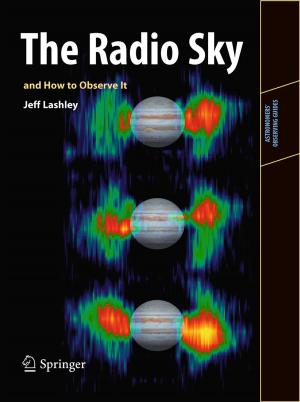Muscle Biophysics
From Molecules to Cells
Nonfiction, Science & Nature, Science, Biological Sciences, Biophysics, Biochemistry| Author: | ISBN: | 9781441963666 | |
| Publisher: | Springer New York | Publication: | September 8, 2010 |
| Imprint: | Springer | Language: | English |
| Author: | |
| ISBN: | 9781441963666 |
| Publisher: | Springer New York |
| Publication: | September 8, 2010 |
| Imprint: | Springer |
| Language: | English |
Muscle contraction has been the focus of scientific investigation for more than two centuries, and major discoveries have changed the field over the years. Early in the twentieth century, Fenn (1924, 1923) showed that the total energy liberated during a contraction (heat + work) was increased when the muscle was allowed to shorten and perform work. The result implied that chemical reactions during contractions were load-dependent. The observation underlying the “Fenn effect” was taken to a greater extent when Hill (1938) published a pivotal study showing in details the relation between heat production and the amount of muscle shortening, providing investigators with the force-velocity relation for skeletal muscles. Subsequently, two papers paved the way for the current paradigm in the field of muscle contraction. Huxley and Niedergerke (1954), and Huxley and Hanson (1954) showed that the width of the A-bands did not change during muscle stretch or activation. Contraction, previously believed to be caused by shortening of muscle filaments, was associated with sliding of the thick and thin filaments. These studies were followed by the classic paper by Huxley (1957), in which he conceptualized for the first time the cross-bridge theory; filament sliding was driven by the cyclical interactions of myosin heads (cross-bridges) with actin. The original cross-bridge theory has been revised over the years but the basic features have remained mostly intact. It now influences studies performed with molecular motors responsible for tasks as diverse as muscle contraction, cell division and vesicle transport.
Muscle contraction has been the focus of scientific investigation for more than two centuries, and major discoveries have changed the field over the years. Early in the twentieth century, Fenn (1924, 1923) showed that the total energy liberated during a contraction (heat + work) was increased when the muscle was allowed to shorten and perform work. The result implied that chemical reactions during contractions were load-dependent. The observation underlying the “Fenn effect” was taken to a greater extent when Hill (1938) published a pivotal study showing in details the relation between heat production and the amount of muscle shortening, providing investigators with the force-velocity relation for skeletal muscles. Subsequently, two papers paved the way for the current paradigm in the field of muscle contraction. Huxley and Niedergerke (1954), and Huxley and Hanson (1954) showed that the width of the A-bands did not change during muscle stretch or activation. Contraction, previously believed to be caused by shortening of muscle filaments, was associated with sliding of the thick and thin filaments. These studies were followed by the classic paper by Huxley (1957), in which he conceptualized for the first time the cross-bridge theory; filament sliding was driven by the cyclical interactions of myosin heads (cross-bridges) with actin. The original cross-bridge theory has been revised over the years but the basic features have remained mostly intact. It now influences studies performed with molecular motors responsible for tasks as diverse as muscle contraction, cell division and vesicle transport.















